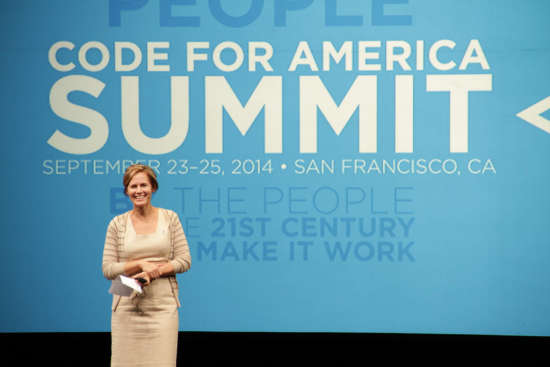“Innovative” Government IT
02 Jun 2016Jennifer Pahlka from Code for America has published a pair of essays on IT leadership that anyone thinking about “organizational transformation” should read. They are very high level and a bit lengthy, but are full of good ideas:

In talking about innovation in the second essay, Pahlka has this wonderful section, about the difference between adopting modern development practices and actually innovating.
The problem is that if you want “government technology as good as what we have at home,” you’re going to have to do things like move to the cloud and test prototypes with actual users.
That’s not innovation. That’s just how tech works today.
The practices and tools that result in good digital services vary from organization to organization, to be sure, but there is a lot in common that the private sector, and increasingly the public sector, pretty much agree on as standard.
When we frame these practices as somehow cutting-edge, risky, or non-standard, we do the mission a great disservice.
Sing it! Adopting open source, agile development and cloud technology are not “innovative” any more, they’re just table stakes, the minimum possible ante upon which to build a responsive technology organization.
The other big take home for me is in the first essay, decomposing the functional roles that are traditionally mushed into a single “CIO” position and pointing out how unlikely they are to match the capabilities of any one person:
- Digital services: the services residents use to engage and do business with the City. This can also include APIs and open data programs, though this is often the domain of the other CIO (the innovation officer.)
- Back office software: Day-to-day core services like email, human resources management, budgeting, fiscal and accounting that all departments rely on.
- Mission IT: The business applications that run the internal processes of departments and agencies. These are often custom, but can now make use of underlying commodity technology.
- Infrastructure: Network and connectivity, hosting and device management.
I tend to break the IT roles into just two pieces, but I think Pahlka makes a strong case for all four. My two pieces are:
- Infrastructural. Email, network, desktop, phones, backup, payroll, finance. All skills that are replicated across every organization in existance, where little domain knowledge is required. With appropriate contracting safe-guards, you can outsource all of this stuff.
- Strategic. Business systems unique to your organization and all the facets thereof. Back-end, front-end, user experience, API, etc. The IT tools are common, but the domain knowledge of the data and business processes are unique to your organization. You should own both the technology and the people creating it, for maximum flexibility.
Either way, the idea that the folks who are best at handling one category are also good at handing the other is dangerous.
You no more want your ultra-cautious infra manager (“let’s map out a 4 month plan for that…”) running development than you want a cowboy lead developer making decisions (“deploy!”) that might affect network uptime.
Anyways, go read! Time well spent.



